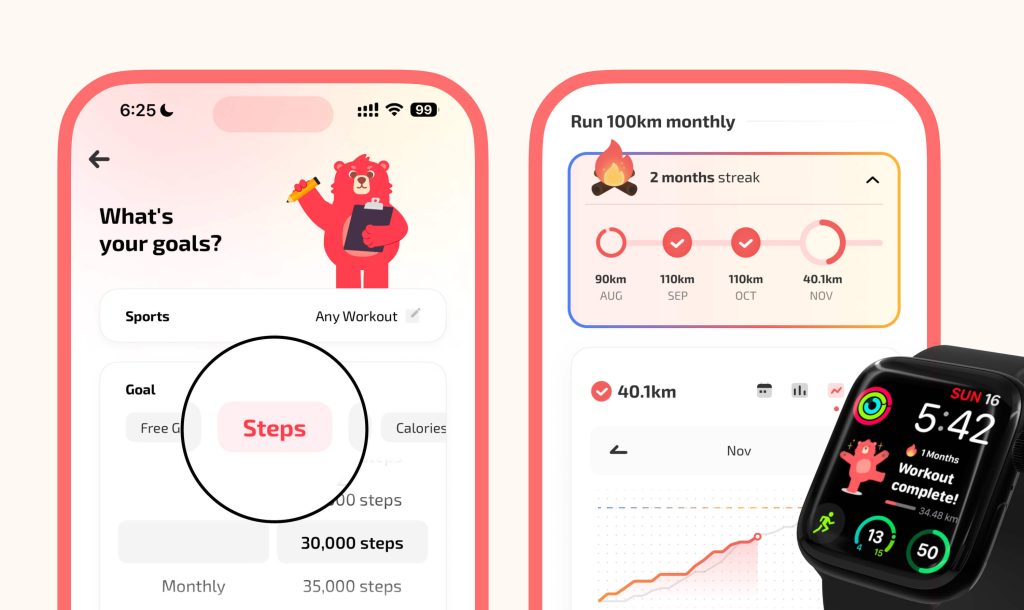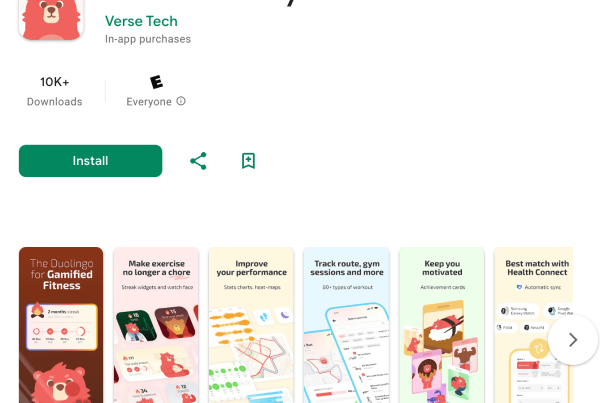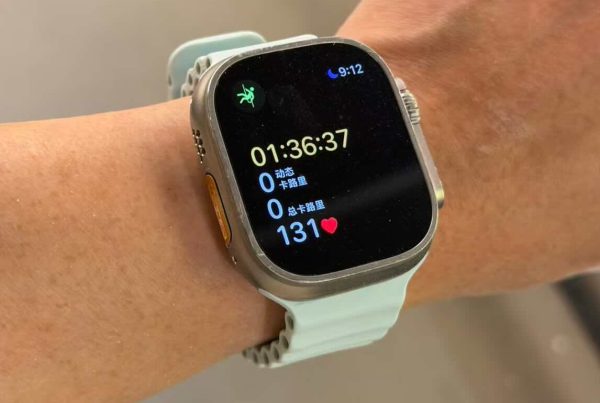Setting exercise goals is one of the most effective ways to build consistency, stay motivated, and see measurable progress. Whether you’re aiming to work out three days a week, run 100 km in a month, or simply move more each day, clear and realistic goals give your training purpose and make it easier to track success.Set calorie, day, distance and duration targets, and do it by day, week or month.
With tools like Fito — which can automatically track streaks and protect progress with a Streak Shield during periods, illness, or travel — goal-setting becomes even more practical and forgiving. This article will guide you through a structured, sustainable approach to choosing exercise targets you can actually keep.

Set exercise goals
You can use Fito to assist you in monitoring your goals. Set calorie, day, distance and duration goals, and make it by day, week or month.
- Start with Why: Clarify Your Motivation
Before you choose a goal, ask yourself why you want to exercise.
- Health reasons: reduce blood pressure, improve sleep, manage weight, increase energy.
- Performance goals: run a 10K, complete a strength milestone, improve flexibility.
- Lifestyle goals: have more energy for kids, be able to bike to work, reduce stress.
- Habit-building: create a consistent routine to make movement automatic.
Knowing your motivation helps prioritize what type of goal matters most (frequency, duration, intensity, or specific performance) and increases your commitment when setbacks occur.
By the way, the simple “step count” daily target can also be set.
- Choose the Right Type of Goal
Not all goals look the same. Pick a goal type that matches your motivation and starting point.
- Frequency goals: e.g., “work out 3 days per week.” Great for building habit.
- Volume goals: e.g., “run 100 km per month” or “cycle 200 km in 30 days.” Good for endurance-focused progress.
- Performance goals: e.g., “bench press bodyweight,” “complete a 5K under 25 minutes.” Best for measurable improvements.
- Consistency/streak goals: e.g., “work out at least once every 5 days.” Useful for maintaining continuity.
- Health-focused goals: e.g., “do 30 minutes of moderate activity 5 days a week” or “walk 10,000 steps daily.” These align with public health recommendations.
Examples:
- Weak: “Exercise more.”
- SMART: “Do 30 minutes of moderate cardio three times per week for the next 12 weeks.”
- Volume example: “Run 100 km every month for the next 3 months.”
Streak Shield
What should I do when I’m not feeling well during my period and can’t exercise?
Some of user asked about this. Fito has already developed the Streak Shield feature! Even if you take a few days off, the streak will not be interrupted. It’s somewhat similar to the consecutive streak protect of Duolingo.
For example, 🩸 Menstruation, ☔ Rain, 💼 Business Trip, 🏖️ Travel, 🩳 Illness. After making a selection, there will be a little bear’s expression and animation displayed on the calendar, the watch faces and the widgets.
And now, you can also set Strictness of the little bear, deciding whether to change the cover once a day or twice a day.

Final Tips
- Be kind to yourself: progress is rarely linear.
- Use technology wisely: automation (like Fito’s streak tracking and Streak Shield) reduces cognitive load and anxiety about missing sessions.
- Celebrate consistency: long-term health and fitness come from steady, sustainable effort, not short bursts.
Setting realistic exercise goals is a balance between ambition and sustainability. Start with a clear “why,” choose the right goal type, make goals SMART, and prioritize gradual progression and recovery. Use tracking tools like Fito to monitor streaks and protect your hard-earned consistency during unavoidable interruptions. With structured planning, regular reassessment, and compassionate flexibility, you’ll build a fitness routine that sticks and continues to deliver meaningful results.



